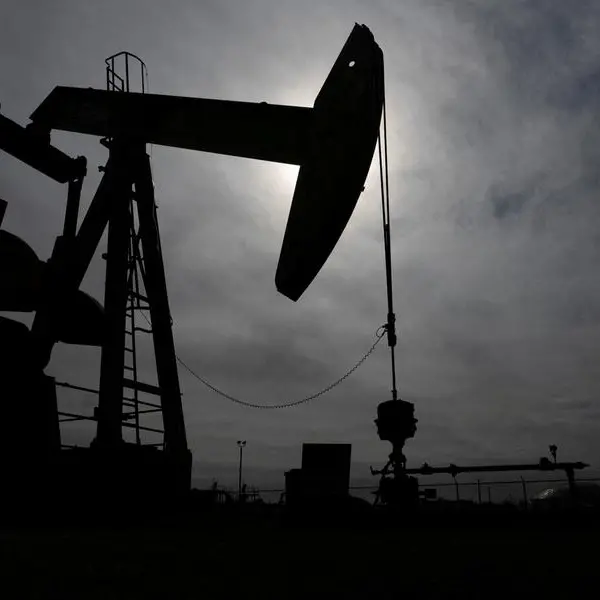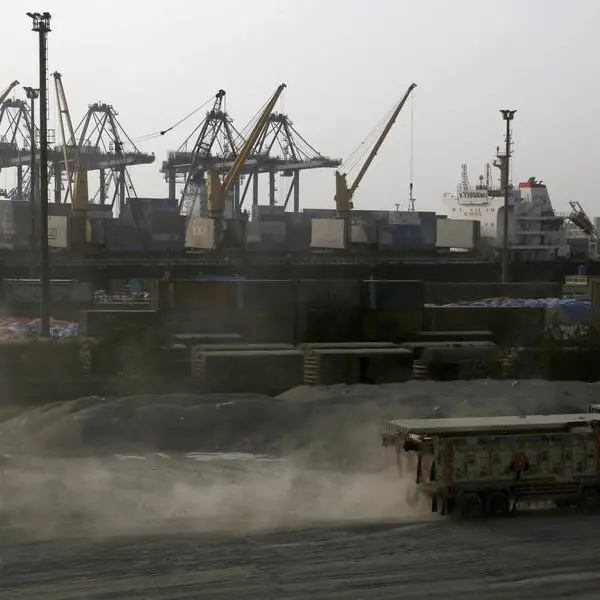PHOTO
Children shield themselves from the strong midday sun with umbrellas, amid the fourth heatwave of the summer, in Ronda, Spain August 22, 2023. REUTERS/Jon Nazca
OSLO - Turn on the news during scorching summer heatwaves and wildfires and you'll likely hear warnings that average global temperatures are rising towards a key limit of 1.5 degrees Celsius above pre-industrial times, intended to avoid the worst of climate change.
What you probably won't hear is that billions of people worldwide are already experiencing local warming of higher than 1.5C (2.7 Fahrenheit) - the most ambitious global goal set in the 2015 Paris climate agreement.
Several scientists told the Thomson Reuters Foundation that people in Europe, the Arctic, much of Africa, North America, the Middle East, Asia and parts of South America have in recent years been exposed to regional temperatures that breached the 1.5C ceiling.
They are being hit hard by the ever-more damaging heatwaves, droughts, floods, storms and wildfires fuelled by temperatures above the 1.5C Paris Agreement threshold, the scientists said.
"Many people are living in areas that have already warmed more than 1.5C, and ... the main reason for this is that the land warms faster than the oceans," said Robert Rohde, chief scientist at Berkeley Earth, a U.S. non-profit research group.
With temperatures varying naturally from day to day, it is hard for anyone to notice a long-term local change of 1.5C.
But the creeping rise in regional temperatures on land - which accounts for only 30% of the planet's surface - is super-charging increasingly extreme weather for its 8 billion people.
Worldwide, July was the hottest month on record at exactly the Paris limit of 1.5C. U.N. Secretary-General António Guterres said this heralded a new era of "global boiling".
And ever more people are facing global warming of 1.5C or above year-round.
Francesco Tubiello, a senior statistician at the U.N.'s Food and Agriculture Organization (FAO), said nations with a combined population of almost 3 billion people were exposed to more than 1.5C of warming in 2022, based on his personal calculations.
"This is a conservative figure," Tubiello added. He compared 2022 with cooler temperatures from 1951-80, the baseline in an FAO and NASA database, when global warming had already added about 0.3C since pre-industrial times.
In a 2018 report, the Intergovernmental Panel on Climate Change (IPCC) estimated that 20-40% of the world's population had experienced more than 1.5C of warming "in at least one season".
OCEANS LAG RATES OF WARMING ON LAND
The quirk of slower ocean warming is often ignored.
U.N. reports, for instance, tend to refer to continents such as Europe and Africa "warming faster than the global average" without mentioning that almost all land is warming quicker than the worldwide average including seas.
Overall, the IPCC estimates that global average surface temperatures were 1.15C warmer in 2013-22 than a pre-industrial baseline of 1850-1900, with land 1.65C hotter and the ocean 0.93C warmer.
But there are big differences even on land. Countries such as India - the world's most populous - and much of the southern hemisphere are warming less quickly than the land average.
Zeke Hausfather, a climate scientist at the Breakthrough Institute, a global research group, said cool sea breezes may help offset the pace of warming near coasts.
"People tend to disproportionately live near coastal areas, which tend to have lower rates of warming due to their proximity to oceans," he said, evening out the average person's long-term experience of warming.
The IPCC estimates that 900 million people live in low-lying coastal zones, including in cities such as Tokyo, Mumbai, New York, Shanghai, Lagos and Buenos Aires.
PARIS IRONY: FIRST BREACH OF 1.5C IN 2015
No one knew at the time - but as world leaders celebrated the Paris Agreement in December 2015, global average surface temperatures rose briefly above the 1.5C warming goal they had just set, according to the Copernicus Climate Change Service.
Since that first blip above 1.5C for a few days, which was stoked by an El Nino weather event that warms the Pacific Ocean, breaches have become frequent and longer, it has found.
Under the agreement, almost 200 nations set the target to limit global warming to "well below" 2C above pre-industrial times while "pursuing efforts" to keep it below 1.5C.
The Paris text does not spell out whether a breach is to be judged in days, weeks, months, years or decades. The IPCC interprets the 1.5C threshold as denoting a global average over a 20-year period.
The U.N.'s World Meteorological Organization says there is a 66% probability that global average temperatures will be more than 1.5C above pre-industrial times in at least one full year between 2023 and 2027. An El Nino event in the Pacific is again boosting temperatures this year.
"We've already breached 1.5 temporarily," said Samantha Burgess, deputy director of Copernicus, which tracks global temperatures. "Ironically, we were over 1.5 when the Paris Agreement was adopted".
"With all probability we will overshoot 1.5" in the early 2030s, she said of long-term trends.
The Paris goals are a cornerstone of efforts to spur a shift from fossil fuels - the main source of man-made greenhouse gases - towards renewable energies such as wind and solar power.
Gavin Schmidt, director of the NASA Goddard Institute for Space Studies, said that local breaches of 1.5C do not mean the central goal of the Paris climate deal has been lost.
"I would stress that there is nothing special about 1.5C locally (or 2C etc) - the Paris agreements reference the long-term global means (which encompass a large amount of spatial variation)," he wrote in an email.
And even if temperatures globally breach 1.5C or 2C, governments can try to bring them down again by 2100 - the long-term horizon for the Paris Agreement - for instance by planting trees that soak up carbon dioxide or by developing industrial-scale technologies to extract carbon from thin air.
Nonetheless, governments will have to make unprecedented cuts in greenhouse gas emissions to keep the 1.5C goal alive, the IPCC says. Nations will meet in Dubai from late November for this year's COP28 U.N. climate summit in a bid to do that.
The big challenge they face is that global emissions have continued to rise to new highs, while most countries' commitments for cuts to stay below 1.5C "are words on paper ... rather than changes in policy", Copernicus' Burgess said.
(Reporting By Alister Doyle; Editing by Kieran Guilbert and Megan Rowling. The Thomson Reuters Foundation is the charitable arm of Thomson Reuters. Visit https://www.context.news/)





















